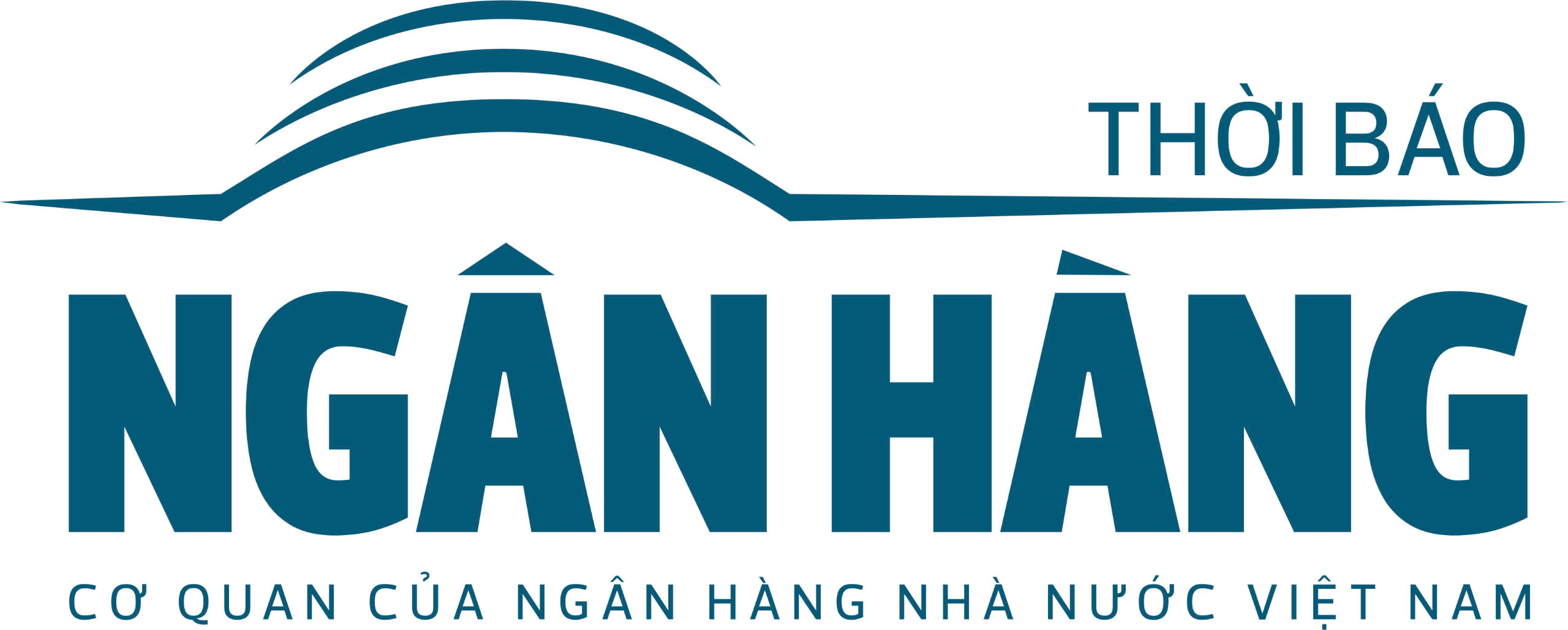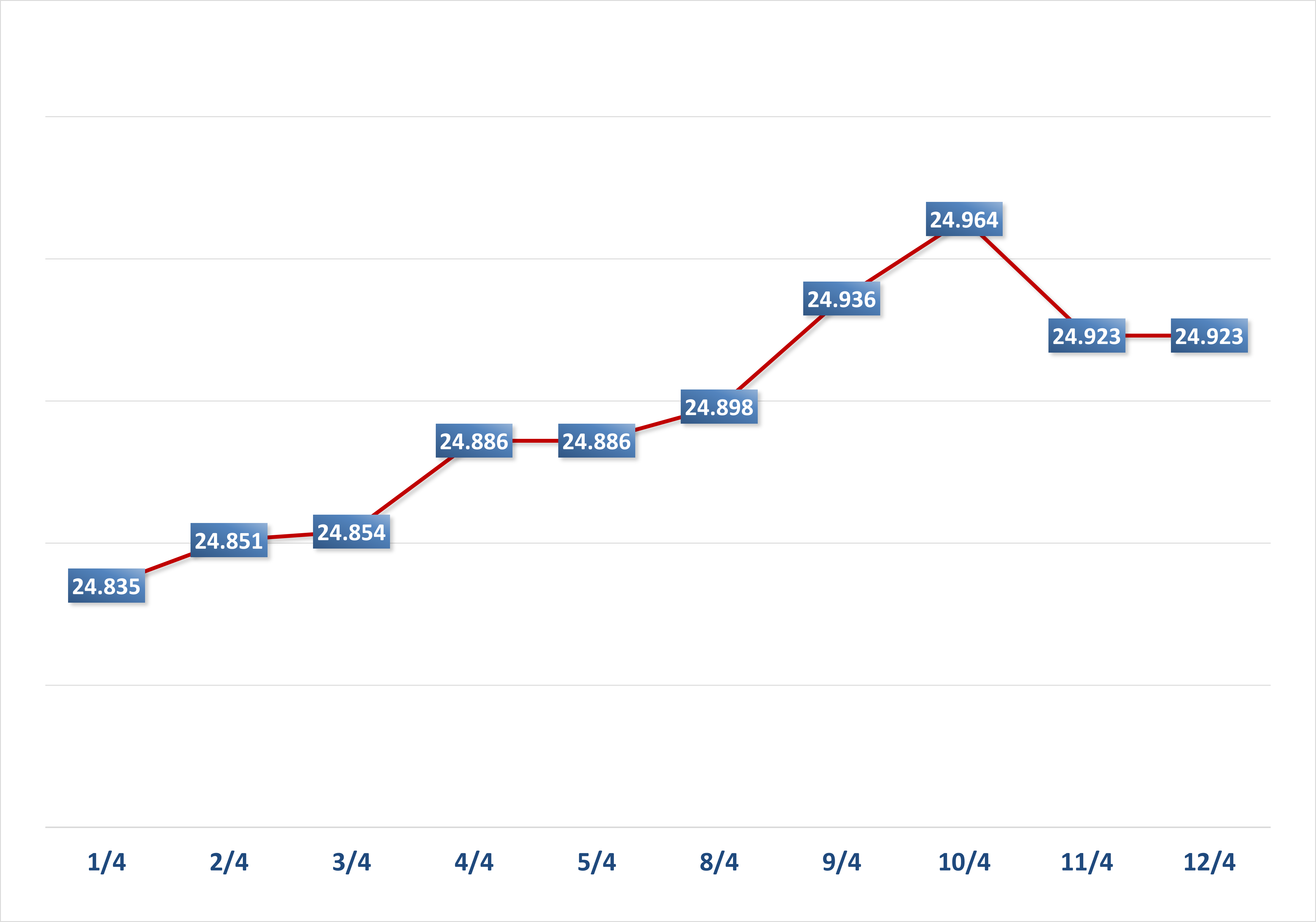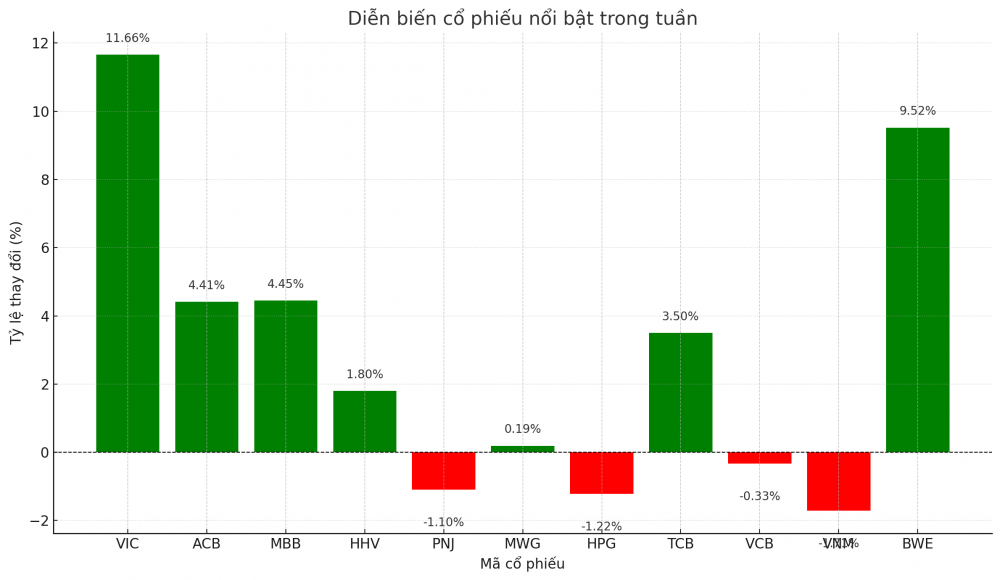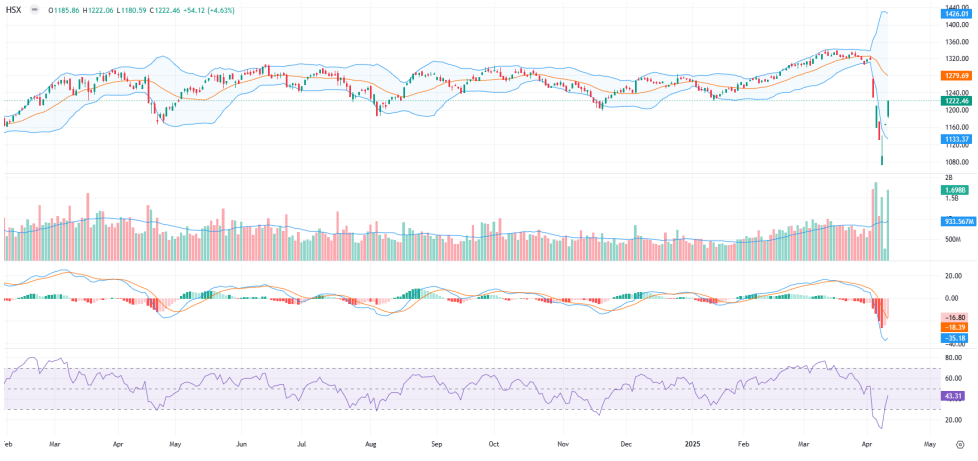Optimizing capital to support the economy
Since the beginning of April, 3 more banks, OCB, MB and VPBank, have adjusted their deposit interest rates down. Thus, since the direction of the State Bank (late February 2025), up to now, about 28 commercial banks have adjusted their deposit interest rates down, some banks have reduced them many times. The interest rate reduction of banks from February 25 to now is from 0.1-1.05%/year depending on the term. Many banks have reduced interest rates many times, including KienlongBank, which reduced interest rates 4 times with a reduction of 0.6-1.05% for terms from 1 month to 60 months (online deposits). Eximbank reduced interest rates 7 times with some programs, the reduction is up to 0.8%. Some other small banks reduced interest rates for many terms by 0.3-0.5% such as VietBank, NamABank, VIB, BaoVietBank, BVBank, etc.
 |
| Banks continuously deploy credit packages with preferential interest rates to support businesses and promote economic growth. |
The reduction in deposit interest rates is an important basis for banks to reduce lending interest rates. Since the beginning of the year, banks have continuously launched credit packages with preferential interest rates to support businesses and promote economic growth. For example, Agribank has allocated more than VND 210 trillion in preferential capital for corporate customers with many incentives on deposit interest rates, service fees, etc. until the end of 2025. Or at LPBank, a VND 15,000 billion credit package has been deployed for private enterprises, small and medium enterprises with an interest rate of only over 6%/year, while shortening the disbursement time. Sacombank has deployed a VND 20,000 billion package for individuals and businesses to borrow for production and business, buying, building/repairing houses, and consuming for daily life, with competitive interest rates from only 4%/year.
Interest rates maintained at a low level for a long time have been effective and become one of the important driving forces for credit growth in the entire system. Deputy Governor of the State Bank of Vietnam Pham Quang Dung said that as of March 25, 2025, credit in the entire system increased by 2.5% compared to the end of 2024, while it only increased by 0.26% in the same period. This is a positive signal, reflecting the effectiveness of management solutions from the State Bank of Vietnam. In particular, the capital utilization ratio of banks reached 103%, showing that capital sources have been optimized to support the economy.
Interest rate cuts face new challenges
Although the trend of reducing deposit interest rates is continuing, experts say that it will be difficult to further reduce interest rates in the coming period, especially after the US announced a 46% reciprocal tax on Vietnamese goods. The US is currently Vietnam's largest export market, accounting for about 28-30% of total export turnover (136.6 billion USD in 2024) and about 26% of GDP. With a 46% tax rate, the price of Vietnamese goods in the US will skyrocket, reducing competitiveness compared to other countries such as China, India or Mexico. It is estimated that exports to the US may decrease sharply, possibly up to 20-30% or more, depending on the ability to redirect the market. If Vietnam's exports suddenly decrease, experts say it will affect the exchange rate, in addition to the risk of FDI capital flows slowing down or even withdrawing.
According to Dr. Vo Tri Thanh - Member of the National Monetary and Financial Policy Advisory Council, exchange rate and inflation pressures are increasing after the new US tariff policy, loosening monetary policy will face many risks. If we want to reduce interest rates to support businesses, we must carefully consider the impact of this on exchange rates and inflation. Because low interest rates can affect exchange rates and increase inflationary pressure. The current monetary policy space is very limited. Sharing the same view, Associate Professor Dr. Nguyen Huu Huan - Ho Chi Minh City University of Economics said that interest rates cannot be reduced further or it will put pressure on exchange rates. "Currently, the space for monetary policy management is not limited but no longer available," Associate Professor Dr. Huan affirmed.
From the banking perspective, there is also concern that if interest rates continue to fall, cash flow will shift out of the banking system and into other asset investment channels. The sharp increase in land prices since last year is a clear warning. According to the results of a recent survey by the State Bank of Vietnam conducted by the Department of Forecasting, Statistics - Monetary and Financial Stabilization, credit institutions forecast that the average capital mobilization interest rate of the whole system will remain stable in the second quarter of 2025 and will increase slightly by 0.02%/year for terms over 6 months, and increase by 0.17% for terms of 6 months or less in the whole year of 2025. Meanwhile, the average lending interest rate of the whole system is forecast to continue to decrease slightly by 0.03 - 0.08% in the second quarter and the whole year of 2025.
According to a recent announcement from the State Bank of Vietnam, the average VND lending interest rate of banks for new and old loans with outstanding balances is 6.7 - 9%/year. The average short-term lending interest rate in VND for priority sectors is about 3.9%/year, lower than the maximum short-term lending interest rate as prescribed by the State Bank of Vietnam (4%/year). The above figure not only reflects compliance with the direction of the State Bank of Vietnam but also the efforts of the banking sector in sharing difficulties with businesses and people.
In the current context, Associate Professor Dr. Nguyen Huu Huan recommends that instead of continuing to reduce interest rates, Vietnam needs to prioritize macroeconomic stability, maintain investor and business confidence, and utilize fiscal tools to promote sustainable growth.
Source: https://thoibaonganhang.vn/chinh-sach-moi-ve-thue-quan-lam-kho-viec-giam-lai-suat-162346.html




![[Photo] Overcoming all difficulties, speeding up construction progress of Hoa Binh Hydropower Plant Expansion Project](https://vstatic.vietnam.vn/vietnam/resource/IMAGE/2025/4/12/bff04b551e98484c84d74c8faa3526e0)
![[Photo] Closing of the 11th Conference of the 13th Central Committee of the Communist Party of Vietnam](https://vstatic.vietnam.vn/vietnam/resource/IMAGE/2025/4/12/114b57fe6e9b4814a5ddfacf6dfe5b7f)



















































































Comment (0)